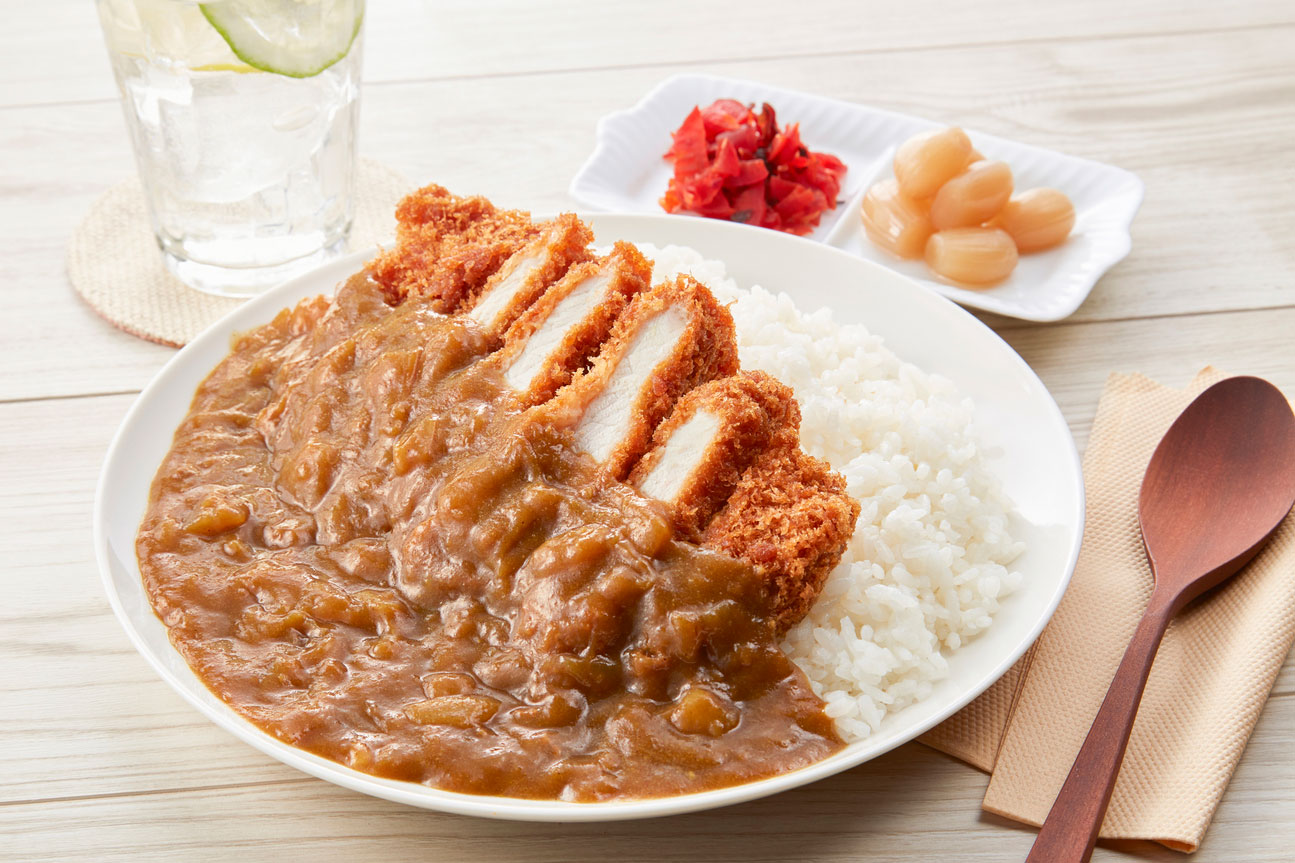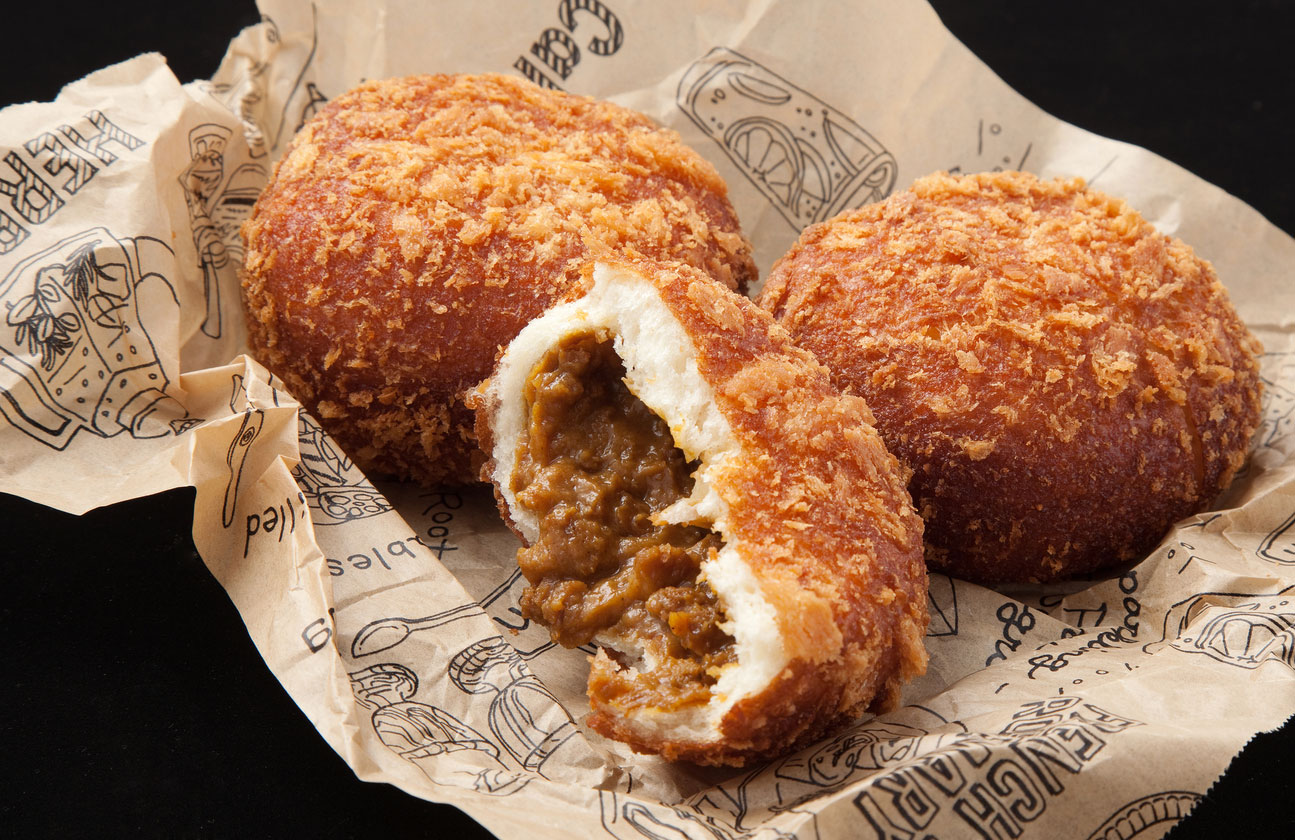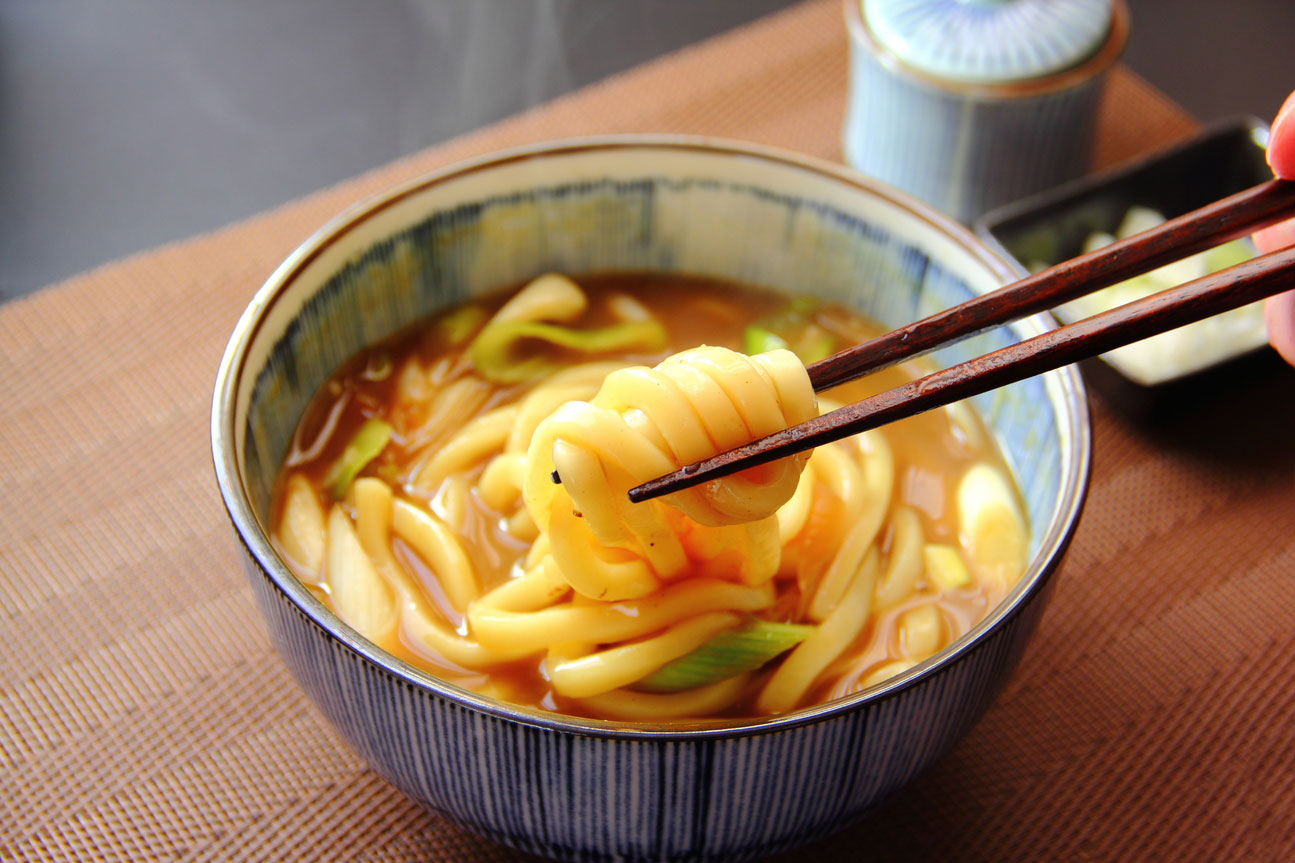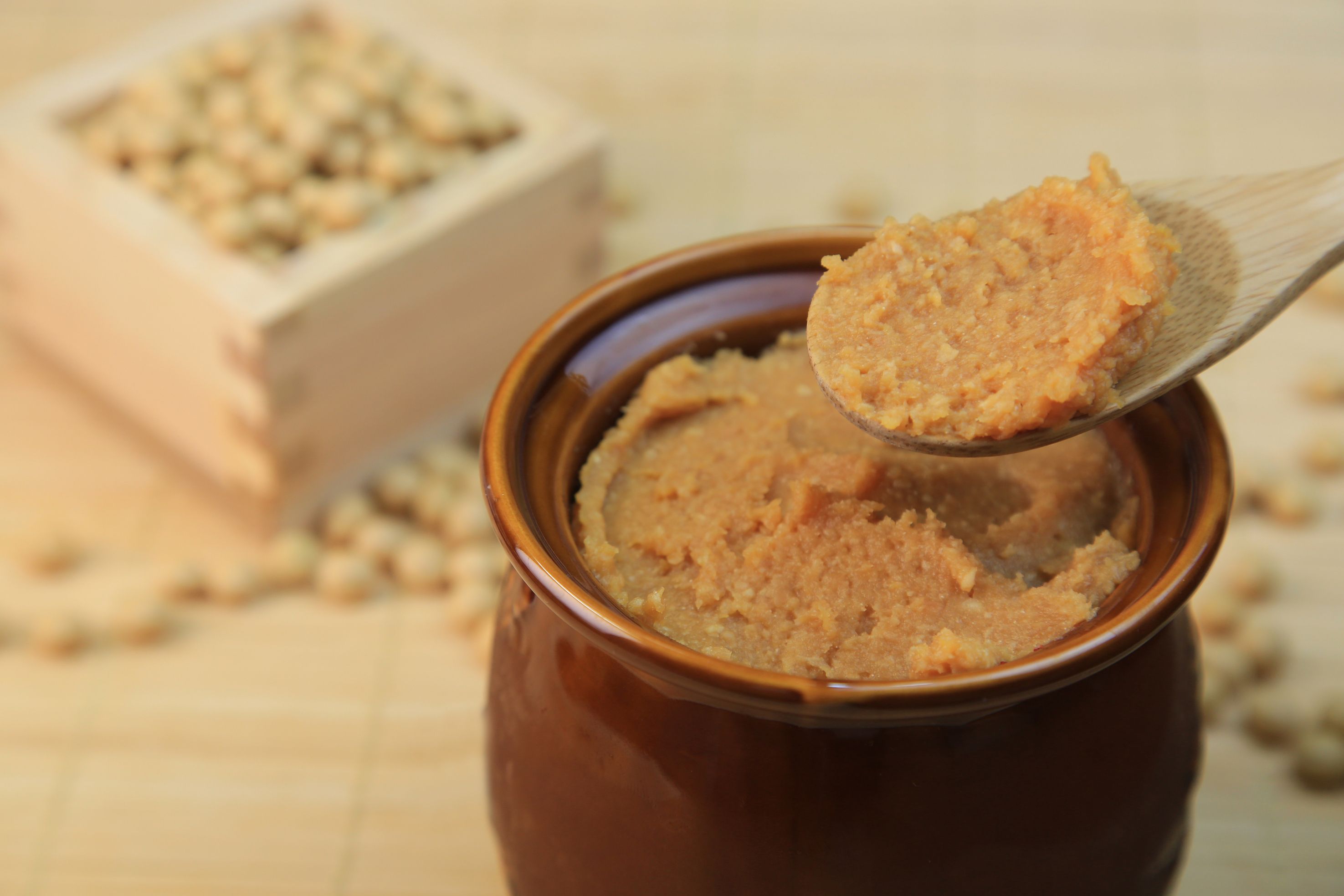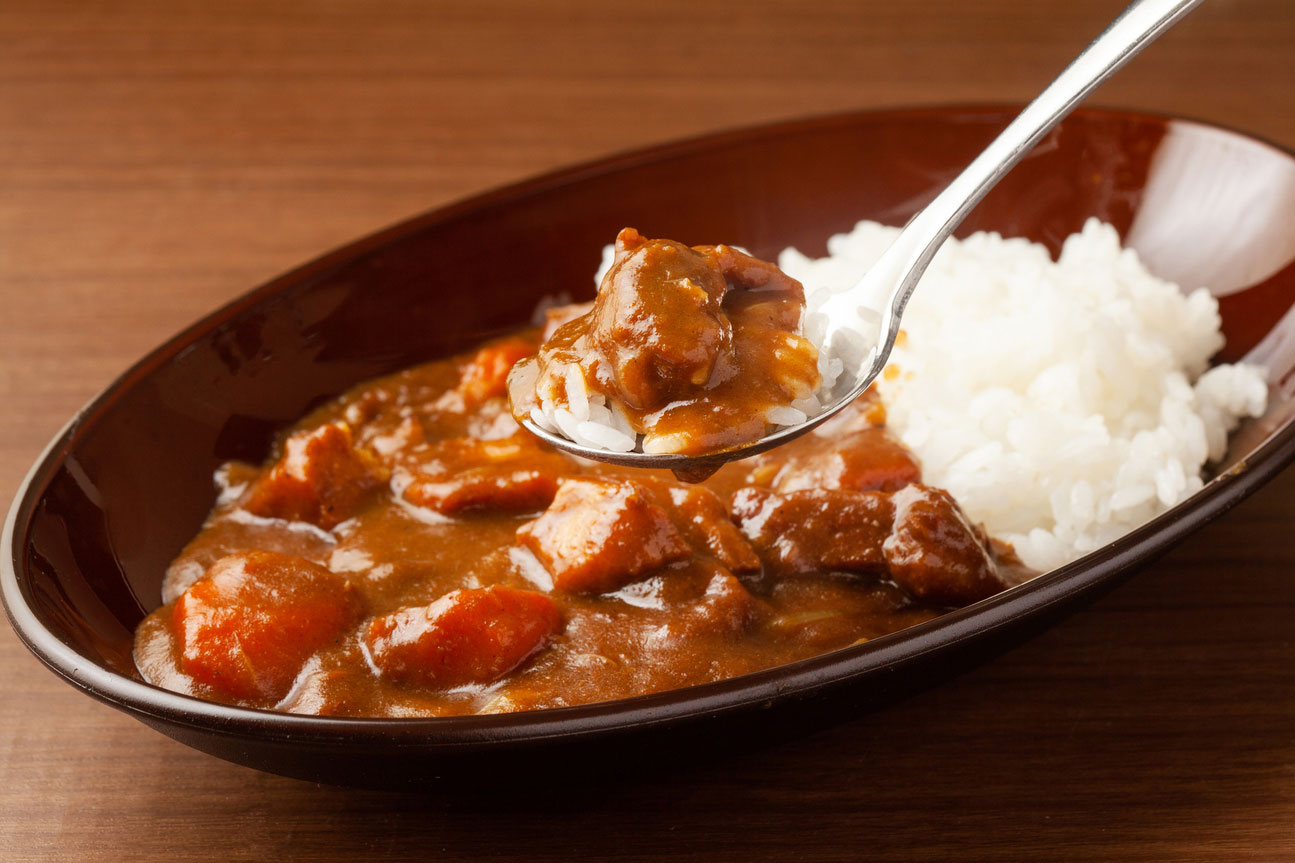
The Journey of Japanese Curry: From Simple Comfort Food to a Universal Dish
Curry dishes worldwide have significantly evolved from their origins as a bold, spicy sauce used in Indian cuisine. Different cultures have put their own spin on the dish, and Japan is no exception, manipulating ingredients and cooking methods into. Today, Japanese curry (kare) is not only a beloved comfort food enjoyed by all ages all over the country, but is rapidly gaining fans around the world.
Curry likely arrived in Japan via British traders, who brought the European variety of sauce to ports like Yokohama in the mid-19th century. The dish was gradually adapted to suit Japanese tastes, resulting in a sweeter, thicker, and less spicy version. During the Meiji period (1868-1912), the Japanese navy adopted the British policy of including curry in sailors’ staple diet, which helped spread the love of curry to the far corners of the country. By the latter half of the 20th century, the development of pre-made stock mixes and retort curry products made curry and rice (kare raisu) one of the most popular Japanese comfort foods, served at home, in schools and at restaurants. The demand has seen little let up, and according to the All Japan Curry Manufacturer Association, the average Japanese eats the dish 79 times a year.
Japanese curry is quite different than the soup style of Indian curries. It was developed by Japanese cooks using cooking methods taken from making various European-style sauces. This includes adding dashi stock to enhance the umami flavor, adding alcohol like wine or brandy to bring out the aroma, and using butter or cream. The result is what is called “European-style curry,” to differentiate it from Indian style, even though it is a purely Japanese creation. The thickness of Japanese curry comes from the use of roux, a mix of flour and fat, with powdered, rather than whole, spices. These vary according to the maker, but can include turmeric, cumin, fenugreek, cinnamon, cardamon, cloves, as well as other spices. Onions, carrots, and potatoes are the most often used vegetable ingredients, and meats (beef, chicken, or pork) and seafood are also frequently added. A garnish, such as fukujinzuke (pickled vegetables) or rakkyo (a type of shallot) usually accompanies the dish.
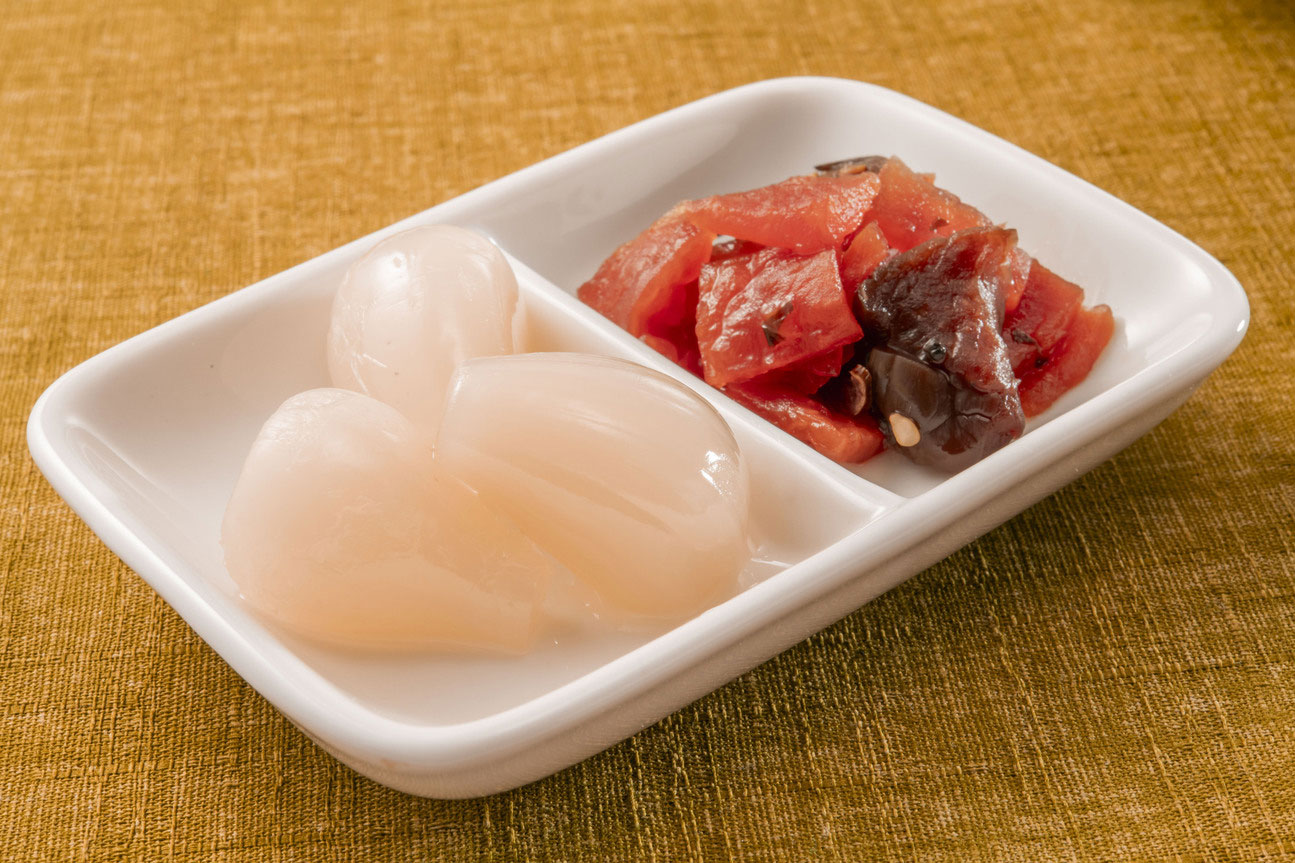
Japanese curry rice usually comes with garnishes such as rakkyo shallots (above left) and fukujinzuke pickled vegetables.
To understand the growing appeal of Japanese curry beyond Japan’s borders, we spoke with Massimiliano Sgai, an Italian essayist specializing in Japanese food culture. “Japanese curry has become an indispensable meal for me,” he says. “It is my favorite style of curry, because unlike other curries where the focus is on the spices, Japanese curry allows us to appreciate the taste of the vegetables and white rice along with the curry flavors.” While Indian curries are defined by their bold, distinct spices, Japanese curry tends to have a milder, more harmonious taste, making it accessible even for those who are not fond of spicy foods. the “It’s a curry that everyone can enjoy,” says Sgai.

Massimiliano Sgai is an essayist specializing in Japanese food culture, with extensive knowledge of Japanese curry products.
A wide variety of ingredients and arrangements is one of the characteristics of Japanese curry. Every region of Japan, for example, has its own unique take on curry. Among them, the northern island of Hokkaido is famous for its soup curry, a thinner, soupy version that features large chunks of vegetables and meat. Nagoya’s claim to fame is its curry udon noodles that come with fried tofu, green onions, pork and fish paste. The southern island of Okinawa’s curry favorite is goya curry, featuring bitter melon, a staple in the island’s traditional cuisine. Kanazawa curry is the relatively new signature curry dish of Sgai’s adopted home of Kanazawa, a castle town on the Japan Sea. In addition to curry rice, other popular curry dishes found across Japan include curry nanban (soba noodles), and curry bread (kare-pan).
Kanazawa curry has a number of unique characteristics that set it apart from other regional varieties. The curry roux almost completely obscures the rice below, for example, and the dish is typically topped with a pork cutlet and shredded cabbage. “Then a dark, almost black sauce is poured on top of the cutlet,” says Sgai. “It’s eaten with a fork, while most curries around Japan are eaten with a spoon.” For visitors to the city interested in trying out this local curry style, he suggests the shops Go Go Curry or Champion's Curry, said to be the birthplace of Kanazawa curry.
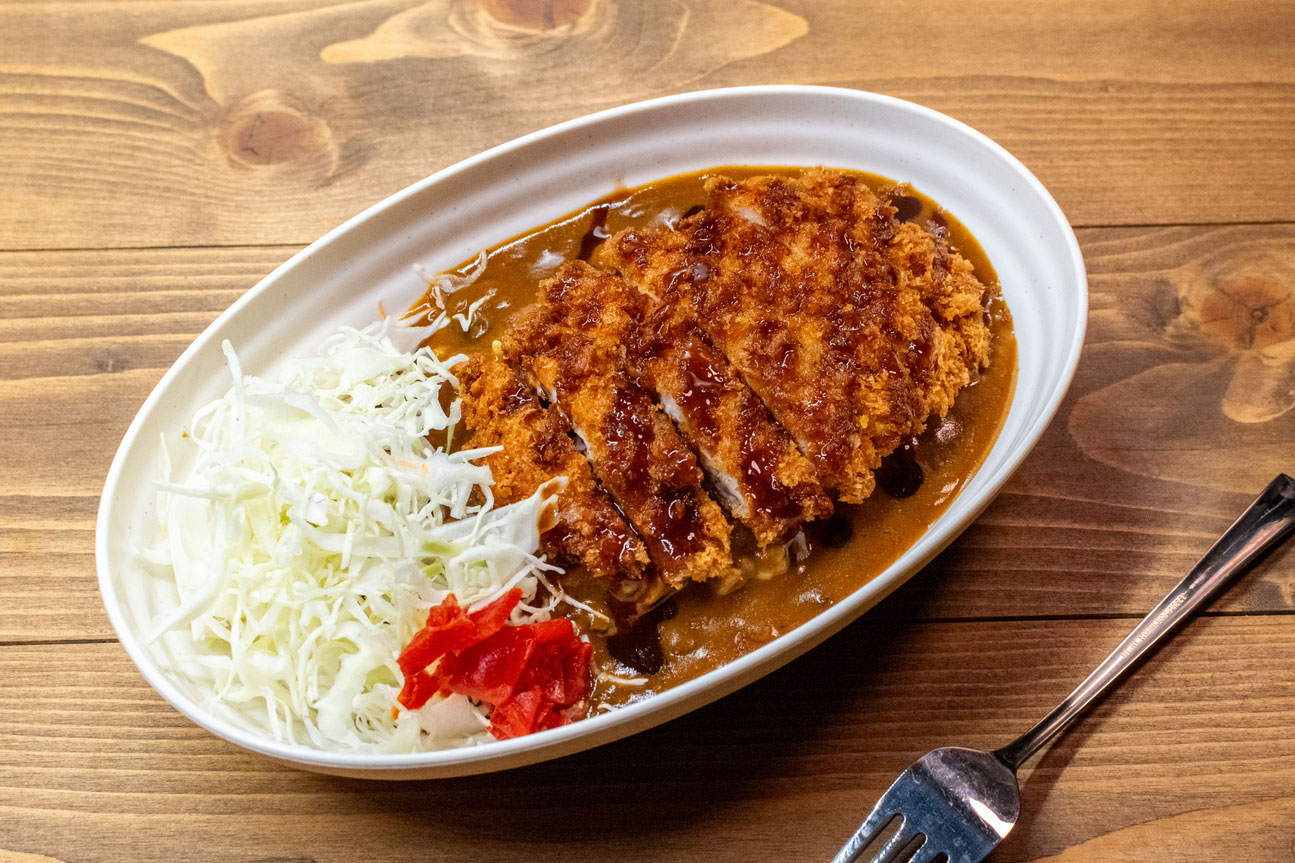
Kanazawa curry, from the city of Kanazawa, is a regional dish that comes with shredded cabbage and a pork cutlet, topped with a dark sauce.
Sgai has a number of recommendations for those seeking a deeper dive into Japanese curry. “It’s easy to start with the curry at one of the many coffee shops or family restaurants,” he says. The next step for more adventure could be the CURRY HOUSE CoCo ICHIBANYA chain, with around 1,400 shops in Japan and overseas. “CoCo Ichibanya allows you to personalize your curry with an incredible range of options like the quantity of rice, the flavor and spiciness of the curry sauce , and some 40 varieties of topping—from meats, seafood and vegetables to cheese, eggs.” For the increasing number of vegetarians the chain even offers a curry sauce with no animal ingredients. In addition, cauliflower rice is also available.
Japanese curry is, of course, one of the most popular dishes for home cooks. As well as the major brands like Vermont Curry and S&B Golden Curry, roux comes in many regional varieties featuring local ingredients as well as in smaller boutique brands. Cooks can choose spiciness as well, from sweet, medium, and hot. Sgai prefers a touch of sweetness to balance the spiciness. “I usually stick to the Vermont Curry brand, which is apple and honey based,” he says. “I was hooked from the first time I tried it.” He typically uses the medium-spicy blend, but occasionally customizes it, adding heat with a spicier roux.

When he cooks curry at home, Sgai uses Vermont Curry’s roux, which has apple and honey in the mix.
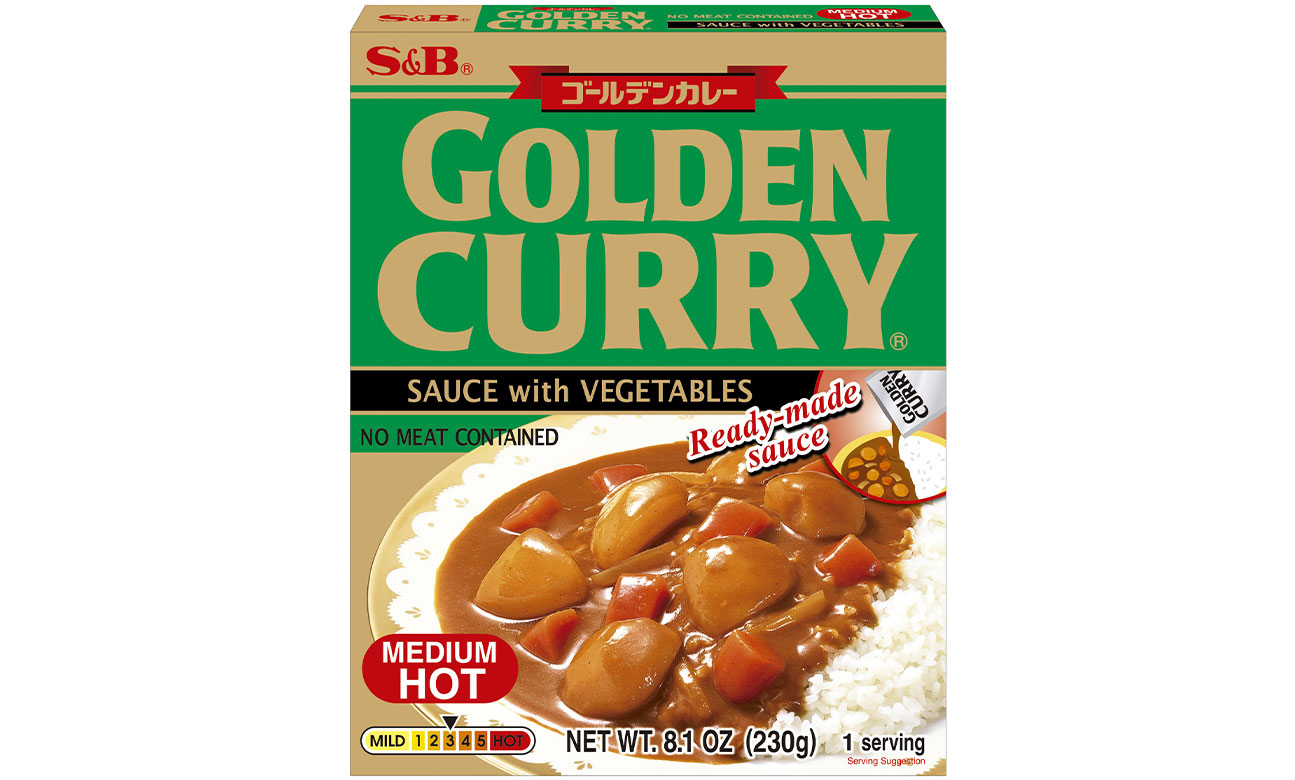
Japanese curry is also available in a wide variety of pre-cooked versions that come in retort pouches, such as this popular S&B brand of Golden Curry.
He follows the package directions closely, cutting the vegetables and boiling them until soft before adding the roux block, which dissolves to create the curry. For meat or seafood curries, he cooks the proteins first before adding the water and vegetables. “I’ve experimented with different variations, sometimes only using vegetables, sometimes using meat,” says Sgai. He recommends making large batches to ensure there will be leftovers, likening it to Italian lasagna. “With each reheating, it just gets better and better—thicker and tastier.” He also enjoys adding a fried egg topping, or adding stir-fried vegetables for extra flavor. At the end, he might add white rice to the leftover sauce, to create a risotto-style meal.
The global access to many roux varieties and the ready-to-eat retort packages is helping spread the word about Japanese curry overseas, where Sgai believes the popular dish has great potential. “I hope more people come to Japan, try the curry and get hooked,” he says. As awareness grows, it’s easy to imagine visitors returning home with roux blocks and packaged retort products to recreate the dish themselves. In the future, Japanese curry just might become an international comfort food, a universal dish for generations to come.

